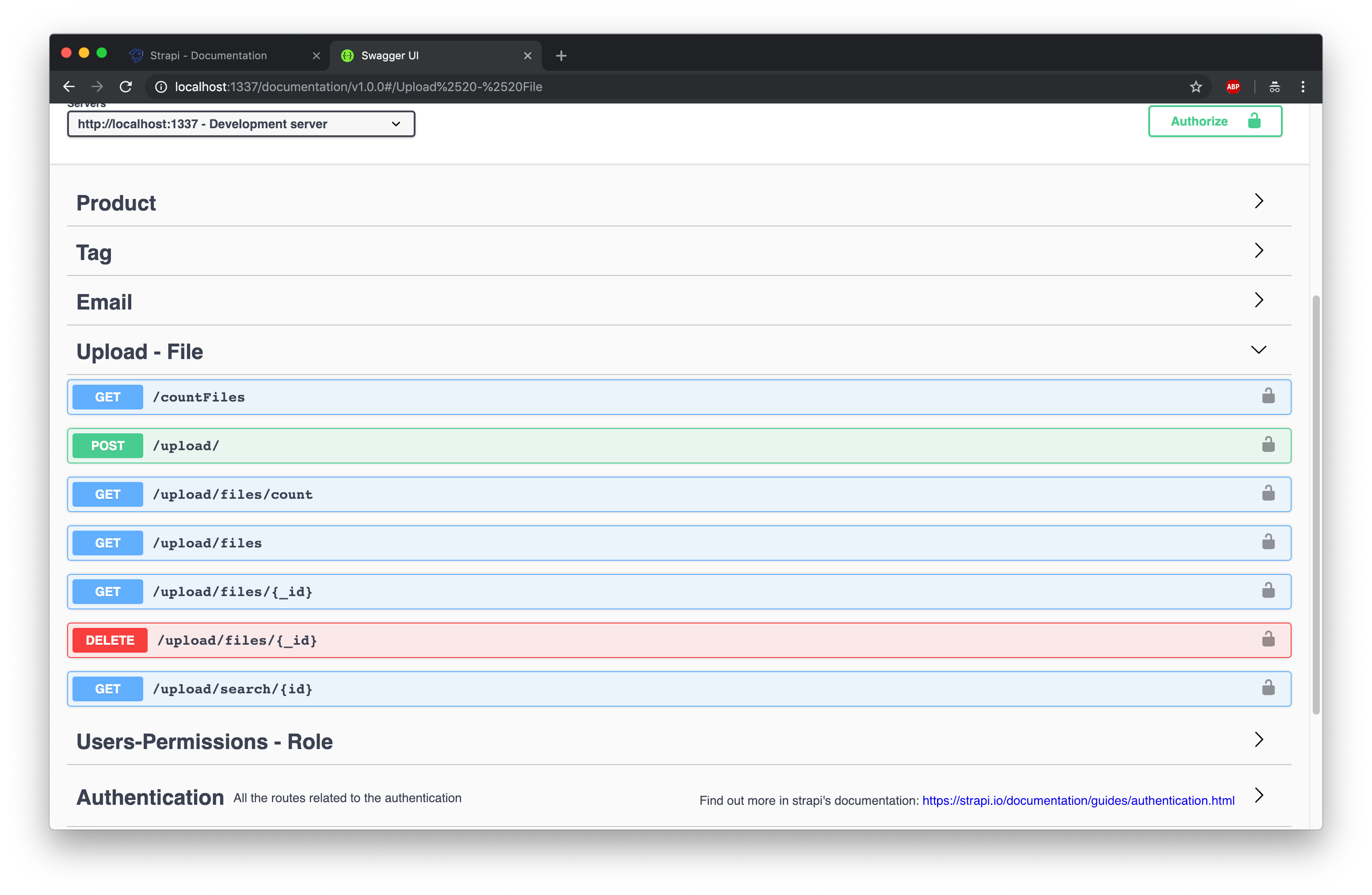
In the Supported account types section, select Accounts in any organizational directory (Any Azure AD directory - Multitenant).In the Name section, enter a meaningful application name that will be displayed to users of the app, such as client-app.To register another application in Azure AD to represent the Developer Console: In this example, the client application is the developer console in the API Management developer portal. Register every client application that calls the API as an application in Azure AD. Register another application in Azure AD to represent a client application Once the scopes are created, make a note of them for use in a subsequent step.Ģ. Repeat steps 8 and 9 to add all scopes supported by your API. Select the Add scope button to create the scope. Make sure the Enabled scope state is selected.Enter a new Scope name, Admin consent display name, and Admin consent description.Select the Add a scope button to display the Add a scope page: Under the Manage section of the side menu, select Expose an API and set the Application ID URI with the default value. On the app Overview page, find the Application (client) ID value and record it for later. Select Register to create the application. In the Supported account types section, select an option that suits your scenario.In the Name section, enter a meaningful application name that will be displayed to users of the app, such as backend-app.
#Usin swagger editor and changing request url registration#
When the Register an application page appears, enter your application's registration information: In the Azure portal, search for and select App registrations. Using the Azure portal, protect an API with Azure AD by registering an application that represents the API in Azure AD.įor details about app registration, see Quickstart: Configure an application to expose a web API. Register an application in Azure AD to represent the API


In Azure AD, grant permissions to allow the client-app to call the backend-app.Ĭonfigure the developer console in the developer portal to call the API using OAuth 2.0 user authorization.Īdd the validate-jwt policy to validate the OAuth token for every incoming request.ġ. Register another application (client-app) in Azure AD to represent a client application that needs to call the API. Register an application (backend-app) in Azure AD to represent the API. A published API using the API Management instance.Prior to following the steps in this article, you must have: You can follow every step below in the Consumption tier, except for calling the API from the developer portal. This feature is available in the Developer, Basic, Standard, and Premium tiers of API Management.


 0 kommentar(er)
0 kommentar(er)
